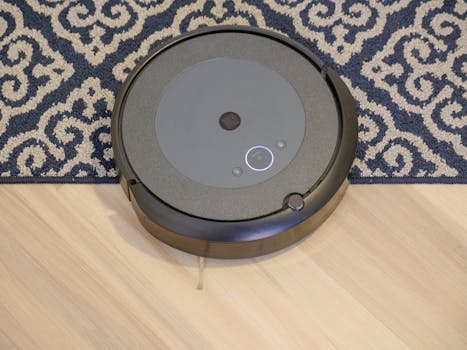
Smart Homes and Smart Living: The Technological Transformation of European Homes by 2025
Smart Homes and Smart Living is revolutionizing the way Europeans live, with innovative technologies being integrated into homes to make life easier, safer, and more convenient. The focus keyword Smart Homes and Smart Living is at the forefront of this transformation, with the European Union investing heavily in the development of smart home technologies.
Introduction to Smart Homes and Smart Living
The concept of smart homes and smart living is not new, but it has gained significant traction in recent years. With the advancement of technologies such as the Internet of Things (IoT), artificial intelligence (AI), and machine learning (ML), smart homes are becoming increasingly popular in Europe. Smart homes are equipped with advanced technologies that enable homeowners to control and monitor various aspects of their homes, including lighting, temperature, security, and entertainment systems, remotely or through voice commands.
Technological Transformation of European Homes
The technological transformation of European homes is being driven by the need for energy efficiency, convenience, and safety. Smart home technologies such as smart thermostats, smart lighting systems, and smart security systems are being integrated into homes to make them more energy-efficient and secure. Additionally, smart home devices such as Amazon Echo and Google Home are becoming increasingly popular, enabling homeowners to control their homes with voice commands.
Benefits of Smart Homes and Smart Living
The benefits of smart homes and smart living are numerous. Smart homes can help reduce energy consumption, lower utility bills, and enhance home security. They can also improve the quality of life for homeowners, particularly the elderly and disabled, by providing them with greater independence and control over their living environment. Furthermore, smart homes can increase property values, making them more attractive to potential buyers.
Challenges and Limitations of Smart Homes and Smart Living
Despite the benefits of smart homes and smart living, there are also challenges and limitations to be considered. One of the main challenges is the high cost of smart home technologies, which can make them inaccessible to many people. Additionally, there are concerns about data privacy and security, as smart home devices can collect and transmit sensitive data. Moreover, the complexity of smart home systems can be overwhelming for some homeowners, particularly those who are not tech-savvy.
Conclusion
In conclusion, the concept of smart homes and smart living is transforming the way Europeans live, with advanced technologies integrated into homes to make life easier, safer, and more convenient. While there are challenges and limitations to be considered, the benefits of smart homes and smart living are numerous, and they are expected to continue to grow in popularity in the coming years.



